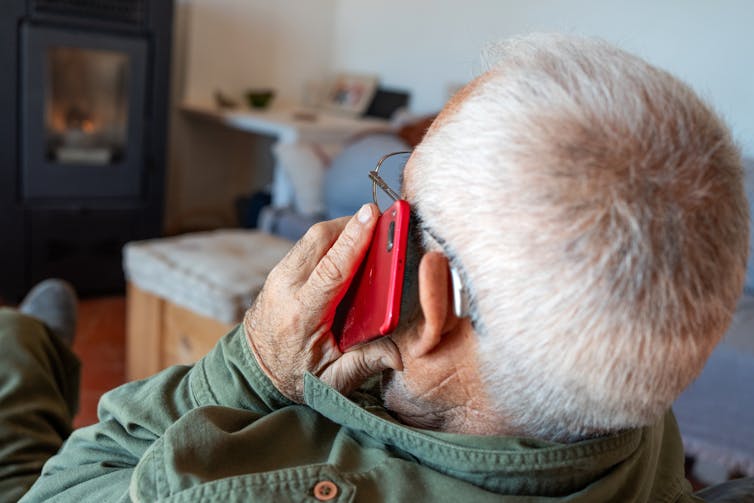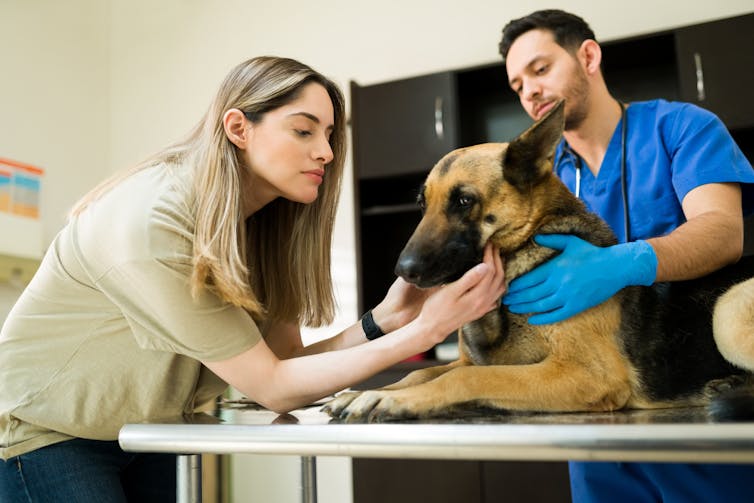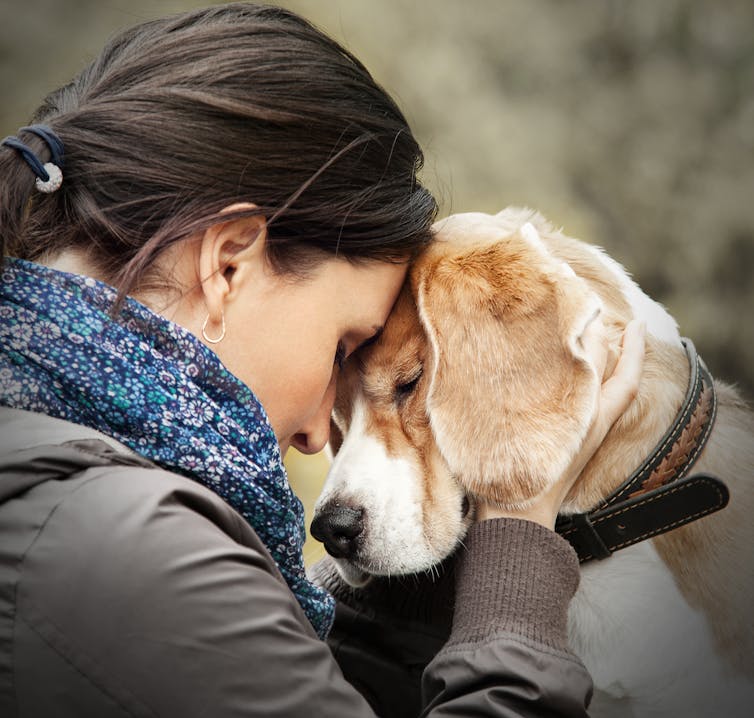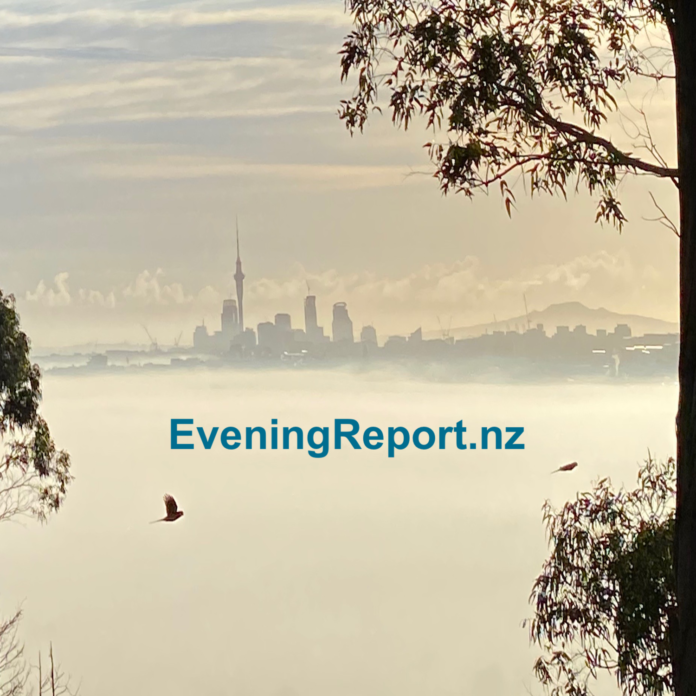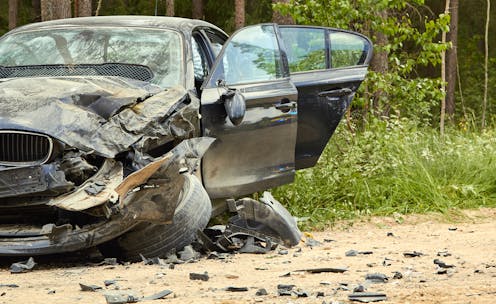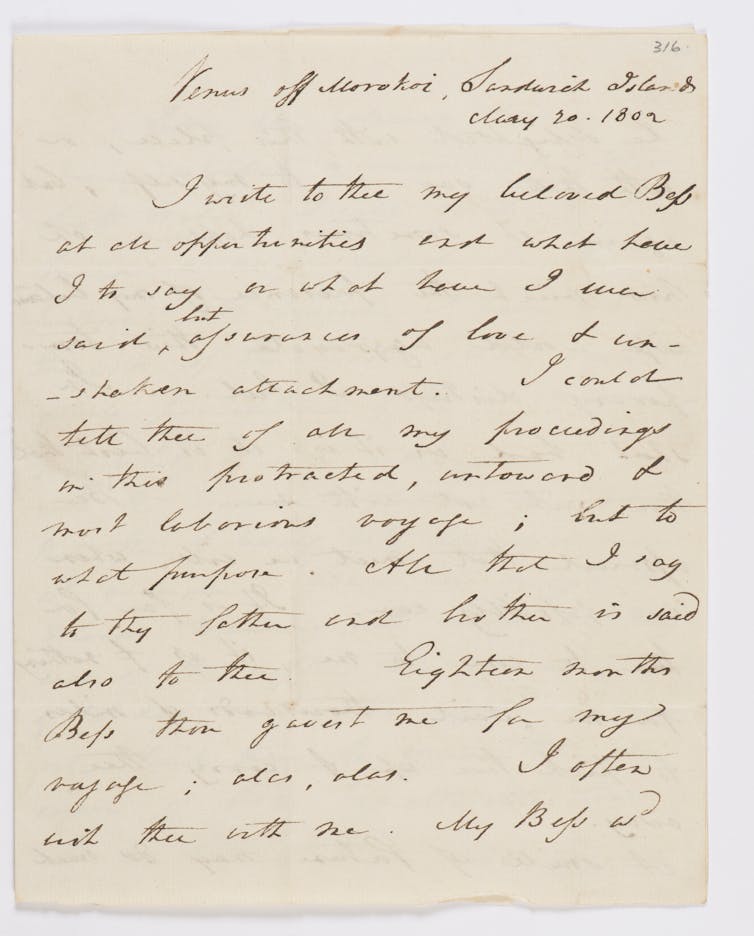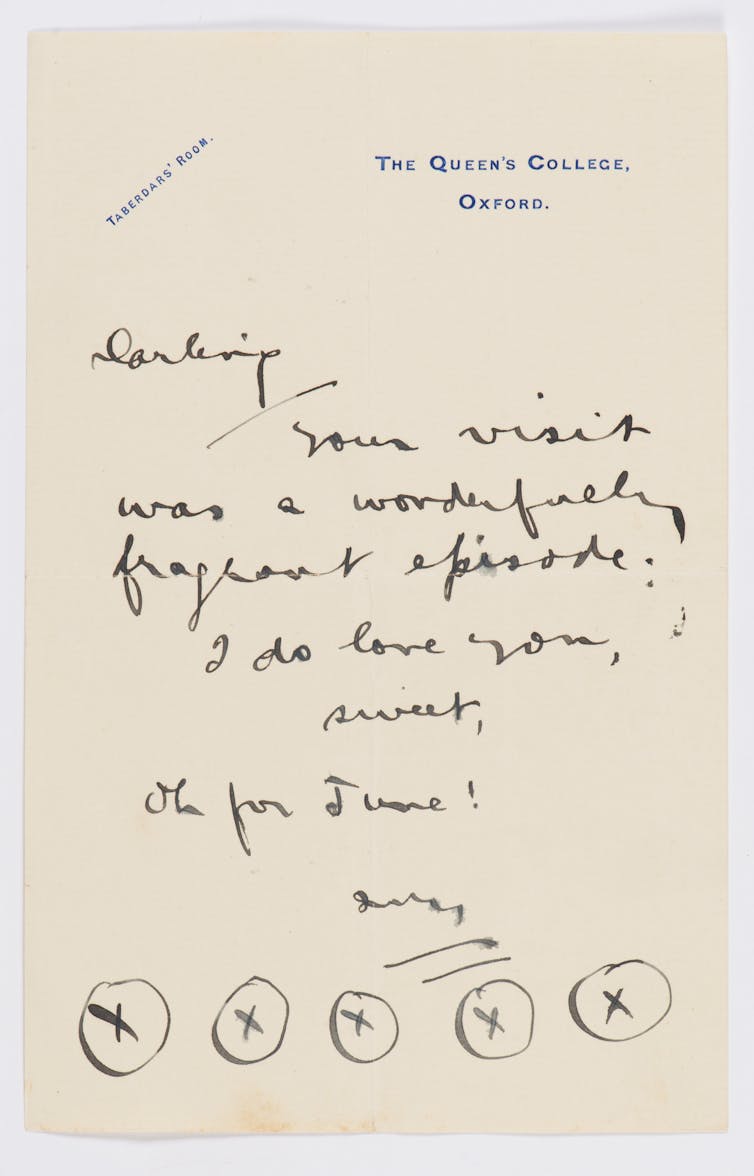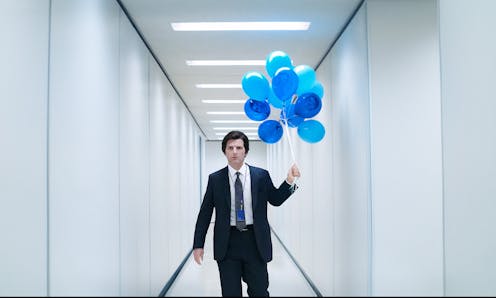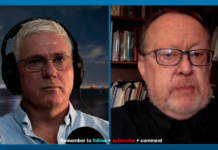Source: The Conversation (Au and NZ) – By Janet Hoek, Professor in Public Health, University of Otago

New Zealand’s smokefree law was hailed around the world for creating a smokefree generation that would have lifelong protection from smoking’s harms.
The smokefree generation would have ended sales of tobacco products to anyone born on or after a specific date, thus gradually phasing out smoking. This new approach goes beyond age restriction policies (such as R18 or R21), which may imply smoking is “safe” once people reach the designated age.
However, the coalition government moved swiftly to repeal the smokefree generation measure. That decision did not reflect attitudes towards the policy from young people and the general public.
In an earlier in-depth study, we found young people strongly supported measures restricting their access to tobacco because they understood this policy would protect them from becoming addicted to smoking. Surveys also showed strong support for the smokefree generation policy from young people, the general public and people who smoke.
NZ falls further behind international best practice
As New Zealand went backwards, other jurisdictions, including the UK and several US towns, have proposed or taken more progressive approaches. Recent policies include vapes and other nicotine products, alongside smoked tobacco, and aim to create a nicotine-free generation.
This approach recognises young people’s right to lead lives free from nicotine addiction and aims to address the growing threat addiction to vaping poses to their wellbeing.
Because many more young people in New Zealand vape than smoke, we were interested in how they viewed a nicotine-free generation policy.
On the one hand, they might support an approach that reduces the shame, stress and stigma nicotine addiction causes. On the other, they might accept arguments tobacco companies have made, claiming birth-year measures remove young people’s freedoms.
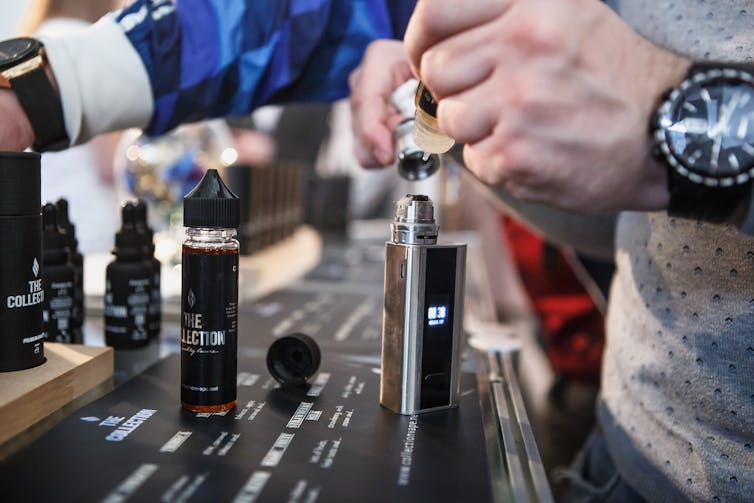
Shutterstock/hurricanehank
What young people who vape think
We talked in-depth with 20 young people who assessed themselves as addicted to vaping. We asked them to imagine a nicotine-free generation policy was in place and applied to them, before probing how they interpreted and rationalised this approach.
Our participants thought a nicotine-free generation policy would bring several wide-ranging benefits. They outlined personal benefits, such as increased fitness, better overall health and fewer financial concerns.
Participants also envisaged societal benefits, including reduced pollution (from littered disposable vapes), fewer disputes among young people (less fighting over vapes) and a less pressured health system.
Nearly all participants wanted to quit vaping. Several had tried to stop but relapsed. Easy access to vaping products and vaping’s ubiquity made many feel that quitting was impossible.
Some felt targeted by marketers and unable to resist the pro-vaping environment that surrounded them. One person said vape shops were designed to attract younger people.
There’s vape stores everywhere. It’s insane […] they’re always bright[ly] colour[ed] so you can see them.
These feelings of powerlessness led several to view government regulation as the only way to protect young people from vaping. Rather than wanting to assert “choices” and “freedoms”, many of the people who talked with us felt they would be better off if this option simply did not exist.
One participant explained:
Although it is a choice […] it’s never going to be a positive choice. I wouldn’t mind it being taken away because I know it would be for my benefit […] it wouldn’t be a negative thing.
Participants wanted a better future where younger generations did not face the challenges they had found overwhelming.
The generation below me […] I don’t want them to go through [negative] health effects [and] experience that kind of thing.
Nonetheless, a very small minority argued that young people should find out about risks themselves. One person argued:
It’s people’s lives and they should be able to pick what they do […] Let them find out for themselves.
Participants noted concerns about how a nicotine-free generation policy would be implemented and questioned whether retailers would respect this measure. Some thought parents or older siblings would supply vapes, as some already did. Others expected an illicit market could evolve.
However, participants suggested several solutions they thought could address these challenges, including not normalising vaping, reducing retail outlet numbers and vape product marketing, increasing compliance monitoring and providing better support to help people quit vaping.
Time for political leadership
Our findings suggest it is time to discuss whether Aotearoa New Zealand should return to more progressive smokefree policies that recognise how the rapidly evolving nicotine market has undermined young people’s wellbeing.
The current political emphasis on individual responsibility ignores young people’s calls for policies that remove harmful “choices”. It does not address earlier evidence that suggests governments have a responsibility to protect young people from harms.
Reducing the ubiquity and appeal of vaping products should be an urgent policy priority for 2025.
We acknowledge the excellent work undertaken by Renee Hosking, a summer scholarship student with the ASPIRE Aotearoa Centre.
![]()
Janet Hoek receives funding from the Health Research Council of New Zealand, Royal Society Marsden Fund, NZ Cancer Society and NZ Heart Foundation. She is a member of the Health Coalition Aotearoa’s smokefree expert advisory group, a senior editor at Tobacco Control (honorarium paid) and she serves or has served on several government, NGO and community advisory groups.
Lani Teddy receives funding from the Health Research Council of New Zealand. She is affiliated with ASPIRE Aotearoa whose members undertake research to inform tobacco policy.
Anna DeMello does not work for, consult, own shares in or receive funding from any company or organisation that would benefit from this article, and has disclosed no relevant affiliations beyond their academic appointment.
– ref. We asked young people if they wanted tighter vaping regulation to phase out nicotine – here’s what they said – https://theconversation.com/we-asked-young-people-if-they-wanted-tighter-vaping-regulation-to-phase-out-nicotine-heres-what-they-said-249456



